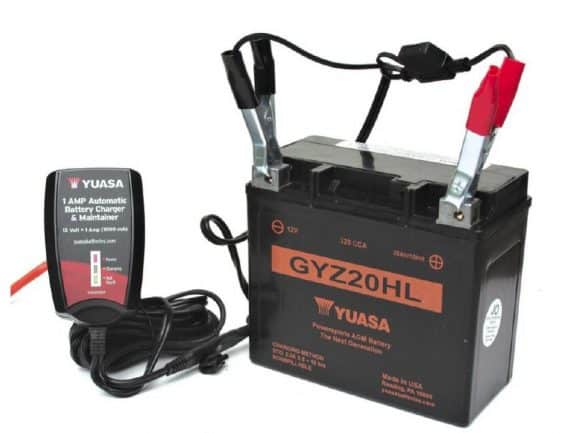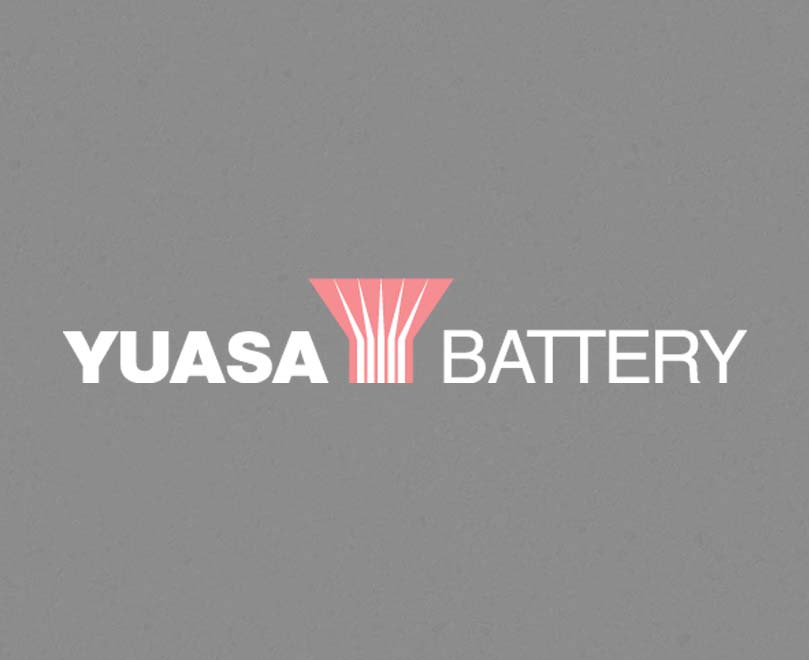Winter Battery Storage

Prepare your battery for springtime start-up confidence
Winter is coming. For many of us, it’s time to put our motorcycles away until the warmer weather returns. Even riders located on the West Coast may have some downtime when the weather gets wet and nasty enough. How long your bike will be in a state of suspended animation depends on the outside temperature and your willingness to ride—or not—in cold weather.
Whether your motorcycle is going to be idle for a month or the entire winter, the expectation that all riders have is that when that first nice day comes around in spring you are going for a ride. You insert the key, turn on the ignition, and just before you press the start button a quick thought enters your head, “I hope the battery is charged!” Too often many of us get a dose of reality when the start button is pressed and nothing happens. Jump-starting or charging are options, but will there be enough electrical juice to start the engine again? Dead batteries are frustrating.
Battery Freezing
Caring for your motorcycle’s battery over the winter months is simple if these two rules are followed: Keep the battery stored out of the freezing cold environment and keep the battery charged. There is a direct relationship between a battery’s state-of-charge and the temperature at which it will freeze. The electrolyte in a battery is made up of a combination of sulfuric acid and water. When a battery becomes discharged, the percentage of acid to water changes to mostly water, which will freeze at a higher temperature than acid. Freezing can crack the battery’s case and buckle the plates, permanently damaging it. A fully charged battery can be stored at subfreezing temperatures (down to -75° F) with no damage. By contrast, a discharged (dead) battery will freeze at only 27° F. A battery not connected to anything can lose up to one percent of its charge each day at 70° F and more as the ambient temperature drops. If the battery is installed on a motorcycle, electronic fuel injection computers, clocks, and radios can drain the battery at higher rates even when the ignition is off. Conventional batteries (the ones with filler caps) need to be checked for state-of-charge every month and absorbed glass mat (AGM) batteries, called maintenance-free, about every three months. Temperatures below 60° F or above 80° F may require more frequent inspections and/or charging. To check battery state-of-charge, connect a digital voltmeter and read the voltage. If it’s less than 12.25 volts, it’s time to charge the battery.
Winter Storage Battery Chargers
Yuasa’s Automatic One AMP Battery Charger and Maintainer (#YUA1201000) is a great choice for winter storage. It can charge and maintain an AGM or Conventional flooded battery. It uses a three-stage charging cycle and has an LED display to indicate charge status. The charger can be left connected to a battery all winter and will not overcharge it. The AMP Battery Charger and Maintainer has reverse polarity protection, so even in case the battery is incorrectly connected, there will be no damage to either the charger or battery. The cable is 12 feet long and the charger comes with a quick-disconnect fused ring connector that can be installed directly to the battery. The charger retails for $40.95 and comes with a 5-year limited warranty.
January/February 2018 • American Iron Garage






